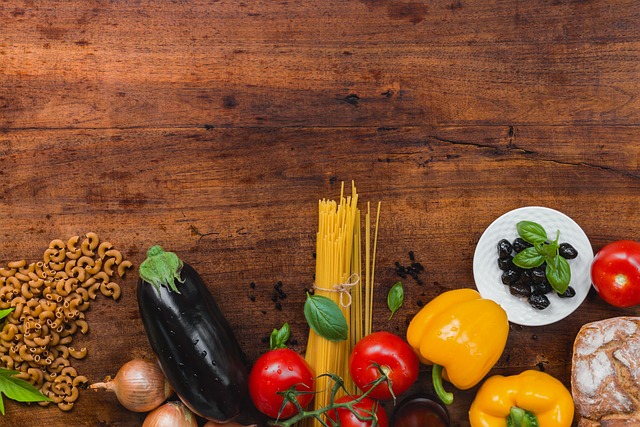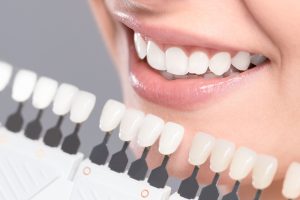Summer is here and the pollen is high. We know lots of people who have been suffering with the unusual amount of pollen in the air and so we decided to offer you some natural relief to your hay fever.
We have lots of acupressure points in the face and with the sinuses often feeling like they are incredibly blocked, the below is a facial massage routine which will give some relief.
You will also be delighted to learn that if you do this routine regularly, it will help to act as a natural face lift as well!
You should also know that if you are pregnant then, you should not do this routine.
Points 1-4 run across the back of your head – called the occipital ridge (find the bony bit where your head meets your neck) and using thumb or fingers massage along the ridge.
Then all you need to do next is follow points 5 – 20 in order (don’t worry too much if you don’t go in the specific order, just doing it is great!)
If you are doing this at home, apply some oil like olive oil almond oil,or whatever else you have handy and enjoy the treatment. If you are doing this at work, then we would recommend not to apply any oil especially if you have a meeting to go to – a shiny face is not good!
We have found it ideal to help clear blocked sinuses and stuffy heads.
A recent report, based on a survey of more than 2,000 people with hay fever, found that lifestyle factors, such as stress and exercise, can have a major impact on hay fever. The NHS guidelines recommend the below.
Follow these tips to stop the sneezing.
1. Calm down
Try to reduce your stress levels. The survey showed a clear link between stress and the severity of hay fever symptoms. Almost seven out of ten stressed-out hay fever sufferers rate their symptoms as unbearable or debilitating. As stress levels drop, symptoms become milder. For more information, read about stress management.
2. Exercise more
Regular exercise can improve your hay fever. The survey found that people with hay fever who exercise most have the mildest symptoms. Exercise will help reduce your stress levels, too.
Aim to do 150 minutes (two and a half hours) of moderate-intensity aerobic exercise, such as cycling and fast walking, every week. However, during hay fever season, it’s best to avoid exercising outdoors when the pollen count is high. This is generally first thing in the morning and early evening. Instead, exercise in late morning or afternoon when pollen counts tend to be lowest. If pollen counts are really high, stick to indoor exercise, for example at your local gym or swimming pool.
For more information and practical advice on exercise, read about getting fit.
3. Eat well
The survey suggests that people with hay fever who eat a healthy diet are less likely to get severe symptoms.
Eat a varied, balanced diet with plenty of fruit and vegetables, but be aware than some healthy foods can make hay fever symptoms worse. Foods that can worsen hay fever symptoms include apples, tomatoes, stoned fruits, melons, bananas and celery.
For more tips and information, read about eating healthily.
4. Cut down on alcohol
Watch how much you drink at your summer picnics! Alcohol worsens hay fever. Beer, wine and other spirits contain histamine, the chemical that sets off allergy symptoms in your body. As well as making you more sensitive to pollen, alcohol also dehydrates you, making your symptoms seem worse.
For more advice on how to cut down on your drinking, read these articles about alcohol.
5. Sleep well
Try to avoid too many late nights during the hay fever season. The survey found that people with hay fever who get a good night’s sleep tend to have the mildest symptoms. Just one in eight (13%) people who had at least seven hours sleep a night reported severe symptoms, compared with one in five (21%) who regularly had five hours sleep or less a night.
For help getting a good night’s sleep, read about sleeping better.
Read about treating hay fever.
We hope that this helps!!

